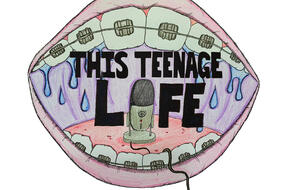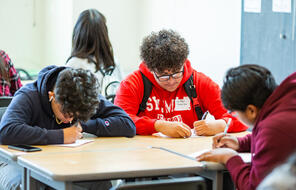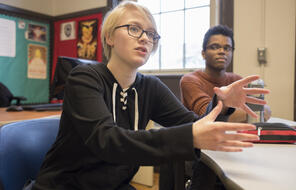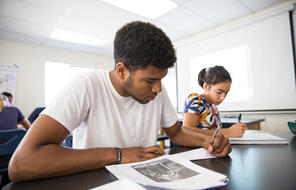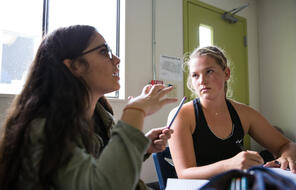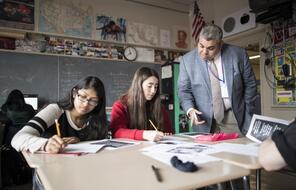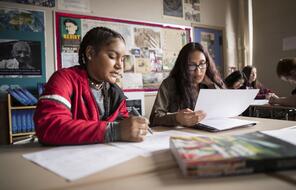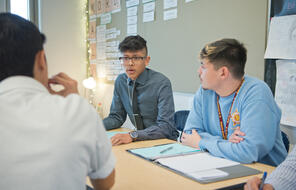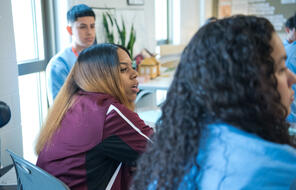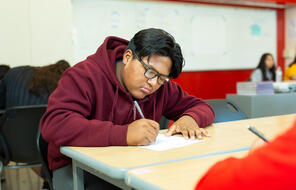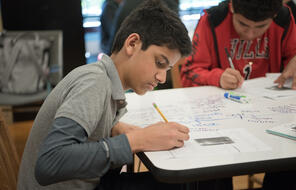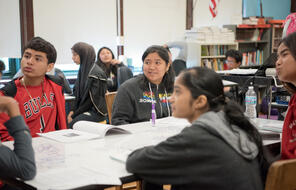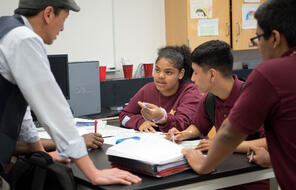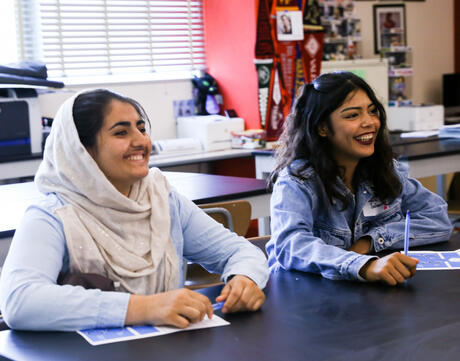
Finding Belonging in the World
Duration
One 50-min class periodSubject
- English & Language Arts
Grade
7–8Language
English — USPublished
Overview
About This Lesson
Being seen as you want to be seen is an invaluable gift. In this lesson, students will consider how feelings of belonging and connection that come from supportive relationships can have a powerful impact on one’s self-esteem and self-development. They will engage with one or more short animated films to understand the power of positive and supportive relationships and consider the “pearls of wisdom” they have received that are helping to shape their sense of identity and belonging in the world.
Preparing to Teach
A Note to Teachers
Before teaching this lesson, please review the following information to help guide your preparation process.
Lesson Plan
Activities
Materials and Downloads
Quick Downloads
Download the Files
Download allGet Files Via Google
Unlimited Access to Learning. More Added Every Month.
Facing History & Ourselves is designed for educators who want to help students explore identity, think critically, grow emotionally, act ethically, and participate in civic life. It’s hard work, so we’ve developed some go-to professional learning opportunities to help you along the way.
Exploring ELA Text Selection with Julia Torres
On-Demand
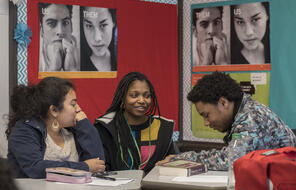
Working for Justice, Equity and Civic Agency in Our Schools: A Conversation with Clint Smith
On-Demand

Centering Student Voices to Build Community and Agency
On-Demand
